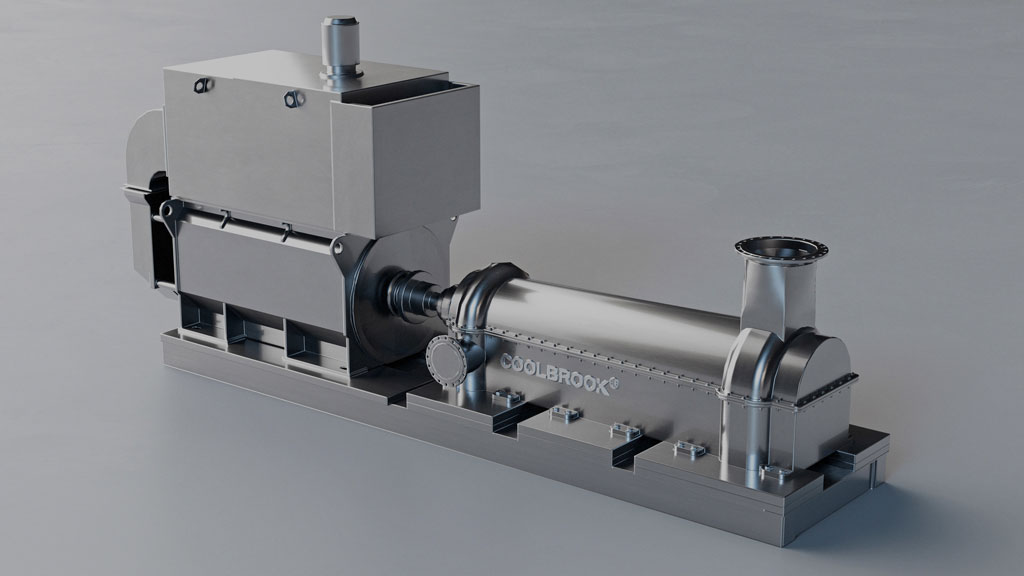Building anything results in carbon emissions from one source or another. However, no material receives as much negative attention as concrete, specifically its binding agent, cement.
“Global cement production has increased more than 30-fold since 1950 and almost four-fold since 1990, with much more rapid growth than global fossil energy production in the last two decades,” writes Robbie Andrews of the Centre for International Climate Research in Oslo, Norway.
This type of data has provided cement critics with fuel for campaigns against the continued use of concrete.
However, Andrews points to one specific culprit, China, where cement production has grown by a factor of almost 12. In fact, he says 73 per cent of global growth in cement production since 1990 occurred in China.
At the same time, Andrews concedes that “the required data for estimating emissions from global cement production are poor, and it has been recognized that some global estimates are significantly inflated.”
One reason for the inflated data has been a faulty assumption.

“Early estimates of emissions from global cement production effectively assumed that almost all cement was of the ordinary Portland cement type, which uses a very high proportion of clinker and very small amounts of other ingredients, such as gypsum to control setting time.”
The actual result, Andrews says, is that “emissions in 2015 were 30 per cent lower than those recently reported by the Global Carbon Project.”
Aside from a data collection issue that Andrews attempts to address in his paper, what is often overlooked is the concrete industry’s progress towards the development of new processes that significantly reduce the amount of carbon emissions. Notably, these new approaches are coming from the West, not from China. That’s a discussion for another day.
Concrete incorporating carbon reduction techniques have been around for a few years. Canada’s own CarbonCure Technologies, founded in 2012, has developed patented processes that introduce captured carbon into fresh concrete. Company chair and CEO Robert Niven recently posted on LinkedIn that CarbonCure’s concrete global partners “have supplied one million cubic yards of CarbonCure concrete in one month… enough green concrete to fill 300 Olympic swimming pools!”
Other new technologies are being encouraged and embraced by the concrete industry. This past spring, the Global Cement and Concrete Association (GCCA), representing 35 per cent of the global industry, announced six start-up partnerships that the GCCA will support in order to “accelerate groundbreaking technologies that will help the cement and concrete industry to achieve net-zero.”
One of these is another Canadian company, Carbon Upcycling Technologies, based in Calgary, Alta. It claims to be the first to reduce the carbon footprint of cement and concrete by double digits through its “enhanced concrete additives” that can improve strength by 40 per cent.
In addition to support from GCCA members, Carbon Upcycling Technologies has also received $6 million in financing led by Clean Energy Ventures, acting in partnership with several other industry-led investors.
In the meantime, a major ash harvesting agreement has been reached in the U.S. that will result in approximately 600,000 tons of landfill ash diverted from a power plant in Cartersville, Ga., for use as an additive blended into the concrete for the repair and construction of bridges and buildings throughout the south-east United States. Discussions are underway to add a second location to double the annual production.
The material blend, marketed by Eco Material, has been proven to enhance the strength and durability of concrete. This can be used to replace a large portion of the carbon-intensive Portland cement used in concrete mixes, cited in Andrews’s research as being responsible for a high proportion of global C02 emissions.
In Europe, industry giant CEMEX has announced testing of an electric kiln developed in the United Kingdom called the Coolbrook Roto Dynamic Heater as part of its commitment to reduce its C02 emissions by 40 per cent by 2030.
What industry influencers should do today is embrace and demand procurement of these new developments rather than promote concrete shaming.
John Bleasby is a Coldwater, Ont.-based freelance writer. Send comments and Inside Innovation column ideas to editor@dailycommercialnews.com











Recent Comments
comments for this post are closed